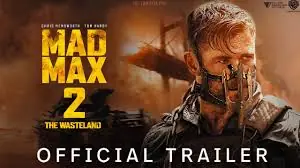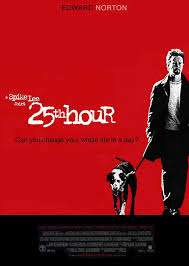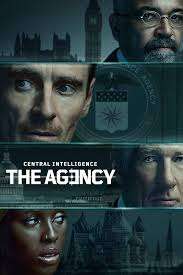Introduction
The Tank (2023), directed by Scott Walker, is a horror-thriller that blends elements of creature features, psychological tension, and family drama. Set in the 1970s, the film follows a couple who inherit an abandoned coastal property, only to discover that something sinister lurks beneath it. With a premise reminiscent of classics like The Descent and Alien, The Tank attempts to deliver a claustrophobic, creature-driven horror experience. However, while it succeeds in atmosphere and suspense, it falters in originality and character development.
This review will examine the film’s strengths and weaknesses, analyzing its plot, performances, direction, and overall effectiveness as a horror movie.
Plot Summary (Spoiler-Free)
Ben (Matt Whelan) and Jules (Luciane Buchanan) are a struggling couple in 1970s Oregon who unexpectedly inherit an isolated coastal property from Ben’s estranged mother. Hoping for a fresh start, they take their young daughter, Reia (Zara Nausbaum), to inspect the land. However, they soon discover a mysterious underground water tank beneath the house—one that was never mentioned in the property’s paperwork.
Curiosity turns to terror when they realize the tank is home to a long-dormant, predatory creature. Trapped in the confined space with limited resources, the family must fight to survive as the creature awakens and begins hunting them. As tensions rise, dark family secrets emerge, forcing Ben and Jules to confront both the monster in the tank and the unresolved traumas of their past.
Analysis of Key Elements
1. Atmosphere & Setting
One of The Tank’s strongest aspects is its oppressive atmosphere. The isolated coastal setting, combined with the dank, claustrophobic underground tank, creates a palpable sense of dread. Cinematographer Aaron Morton (The Hobbit trilogy) effectively uses dim lighting and tight framing to amplify the tension, making the creature’s sporadic appearances more impactful.
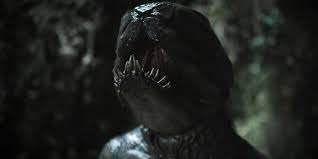
The 1970s setting adds a nostalgic, almost Jaws-like aesthetic, with practical effects and a muted color palette enhancing the film’s gritty tone. The sound design is equally impressive, using water drips, distant growls, and sudden silences to keep the audience on edge.
2. Creature Design & Practical Effects
The film’s monster is a highlight, blending practical effects with minimal CGI. The creature’s design—reminiscent of deep-sea predators with elongated limbs and jagged teeth—is suitably terrifying. Its movements are erratic and animalistic, making it feel like a genuine threat rather than a generic CGI creation.
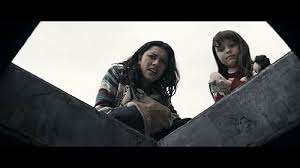
However, the creature’s backstory is underdeveloped. While some horror films benefit from ambiguity, The Tank introduces vague hints about its origins (government experiments? ancient species?) without committing to a satisfying explanation. This lack of lore may frustrate viewers who prefer more mythological depth.
3. Performances
Luciane Buchanan (The Night Agent) delivers the standout performance as Jules, portraying a mother pushed to her limits with convincing desperation. Matt Whelan’s Ben is serviceable but somewhat underwritten, his character arc feeling rushed in the final act. Zara Nausbaum, as their daughter Reia, avoids the typical “annoying horror kid” trope, though her role is mostly reactive.
The film’s emotional core—the family’s struggle to survive—works well enough, but the script doesn’t delve deeply enough into their relationships to make their plight truly gripping.
4. Pacing & Tension
The Tank starts strong, with a slow-burn first act that effectively builds mystery. However, once the creature is revealed, the film shifts into a repetitive cycle of chase sequences and narrow escapes. While some scenes are genuinely tense (particularly a submerged struggle in the tank’s flooded chambers), others rely too heavily on jump scares.
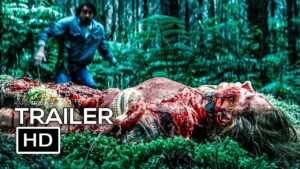
The climax, while action-packed, feels rushed, with a resolution that leaves several plot threads unresolved. A stronger third act could have elevated the film from “decent creature feature” to “memorable horror entry.”
5. Themes & Subtext
Beneath its survival-horror exterior, The Tank hints at deeper themes—inherited trauma, parental neglect, and environmental exploitation. Ben’s family history suggests that the creature’s presence is tied to past secrets, but these ideas are never fully explored. A more fleshed-out metaphor (e.g., the tank as a manifestation of buried guilt) could have added emotional weight.
Comparison to Similar Films
The Tank borrows liberally from other horror films:
- The Descent (2005) – Similar claustrophobic setting and creature attacks.
- Alien (1979) – The tank’s dark, industrial corridors evoke the Nostromo.
- Jaws (1975) – The coastal setting and unseen predator build suspense.
While it doesn’t surpass these classics, The Tank stands as a competent, if unoriginal, addition to the genre.
Final Verdict
The Tank is a mixed bag. It excels in atmosphere, creature design, and suspenseful sequences but suffers from a thin plot, underdeveloped characters, and a rushed ending. Horror fans who enjoy creature features and 70s-style practical effects will find enough to appreciate, but those seeking deeper storytelling may be disappointed.
Rating: 6.5/10
Pros:
- Strong atmosphere and setting
- Effective creature design
- Tense, well-shot sequences
Cons:
- Weak character development
- Under-explained mythology
- Formulaic third act
Recommendation:
Worth a watch for creature-feature enthusiasts, but don’t expect a horror masterpiece. Best enjoyed with tempered expectations and the lights off

